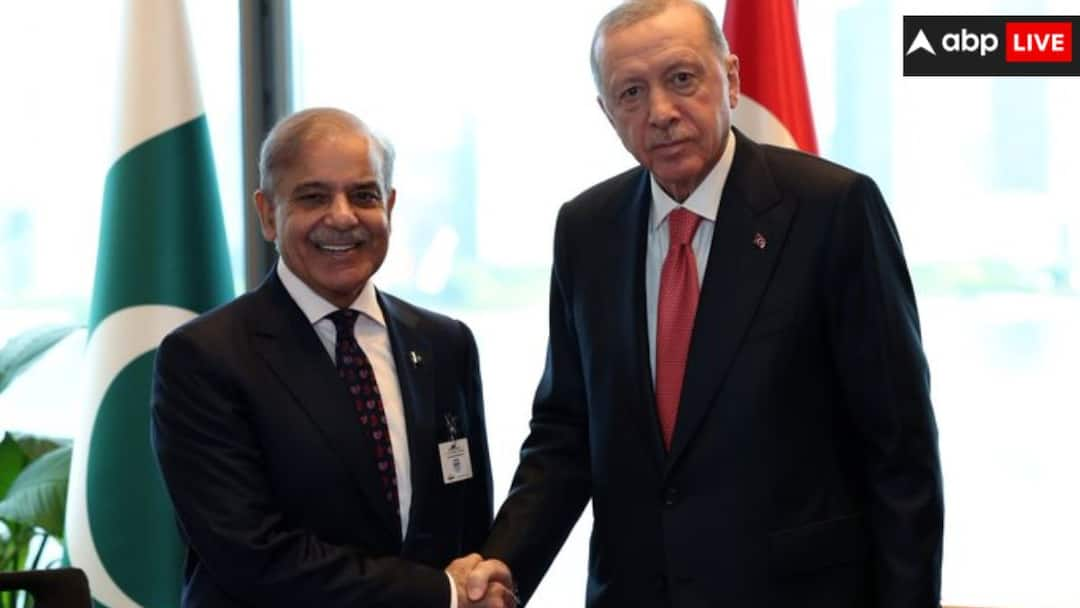- November 9, 2024
Explained: What Is The Point Of COP29, An Annual UN Climate Summit?

Baku:
Tens of thousands of people from around the globe will gather next week for COP29, the annual UN climate summit, in Azerbaijan’s capital of Baku.
But as each year’s summit has produced its own set of promises, plans, and paperwork to chase, the rationale for these discussions can be hard to follow.
Here’s what you need to know about why COP, short for Conference of the Parties, matters:
Why do we have a yearly COP?
Because climate change will affect every country, regardless of whether it contributed to the problem, it demands global solutions that can address the diversity of needs across countries.
In signing the 1992 UN Framework Convention on Climate Change (UNFCCC) that launched the global negotiations, the parties that agreed to it took pains to differentiate between the wealthy nations that caused the bulk of warming and poorer countries that suffer disproportionately from it.
Put another way, the talks are framed around the idea that the countries that benefited the most from industrialising should take the most responsibility for dealing with the warming that resulted.
Addressing that imbalance has become more difficult as developing countries’ economies have grown and rich nations juggle competing costs including war.
What can a yearly summit achieve?
The summit provides a place for countries to discuss solutions, including energy policies, financing schemes or funding needs.
Nearly every summit is also attended by world leaders, giving an important signal that their countries are committed to the UNFCCC goals. The leaders’ presence also helps countries hold one another accountable for past promises.
But the annual COP is just the main event in a continuous process. Country representatives meet year round to build support for new climate action proposals ahead of the COP, where they can be agreed by consensus of all countries.
Is the process working?
While each summit is meant to advance global climate action from the year before, the event also offers countries a chance to show their citizens the problem is being addressed.
Importantly, the exercise has seen countries counting and reporting their emissions, and has helped move hundreds of billions of dollars in climate aid to developing nations.
By requiring decisions by consensus, the process also ensures strong global support for agreed actions, improving the chances these actions will be implemented.
But the pace of progress has been too slow to contain the rise in global temperatures. Since COP summits began in 1995, both emissions and temperatures have continued to rise, meaning the world is on track for extreme climate change.
Proponents of the UNFCCC process say there is no alternative for negotiating major socioeconomic changes to try to limit global warming.
What will we get out of COP29?
This year’s summit is hoping for a few headline agreements: a new annual climate finance target, a deal to get multilateral carbon credit markets working, and more aid money pledged for countries already hit by costly climate disasters.
Beyond that, negotiators will continue to work on technical agreements that build on work done at previous summits.
Outside the formal COP framework, groups of countries could launch their own initiatives or pledge funding for specific projects. Companies will likely announce commercial deals related to climate action, while financiers try to raise cash for climate investments.
What is Azerbaijan’s role in COP29?
Azerbaijan holds the presidency of COP29 this year, when the rotating COP presidency fell to Central and Eastern Europe.
Next year Brazil will serve as Latin America’s host for COP30.
As summit host, a country works the entire year to steer pre-summit negotiations and lobby other governments for ambitious action. This gives the presidency an important part in defining the summit’s priorities.
What else happens at COP?
Beyond the country negotiations, the COP summit offers a chance for anyone to try to draw attention – or funding – to their cause.
Hundreds of side events see activists and scientists rubbing shoulders with industry lobbyists and banking heavyweights.
Public-facing conference stages host panel discussions on topics from ocean acidification to designing carbon offset projects.
An exhibition hall, dubbed the “Green Zone,” features discussions led by national delegations, non-profit organisations and corporations.
While some summits have seen big organized protests, such as the rally of thousands outside of COP26 in Glasgow in 2021, the last two conferences in Egypt and the United Arab Emirates have allowed for protests only in designated, roped-off areas.
Azerbaijan, which also has banned public protests, will likely see little civic action outside of the high-security conference site.
(Except for the headline, this story has not been edited by NDTV staff and is published from a syndicated feed.)







